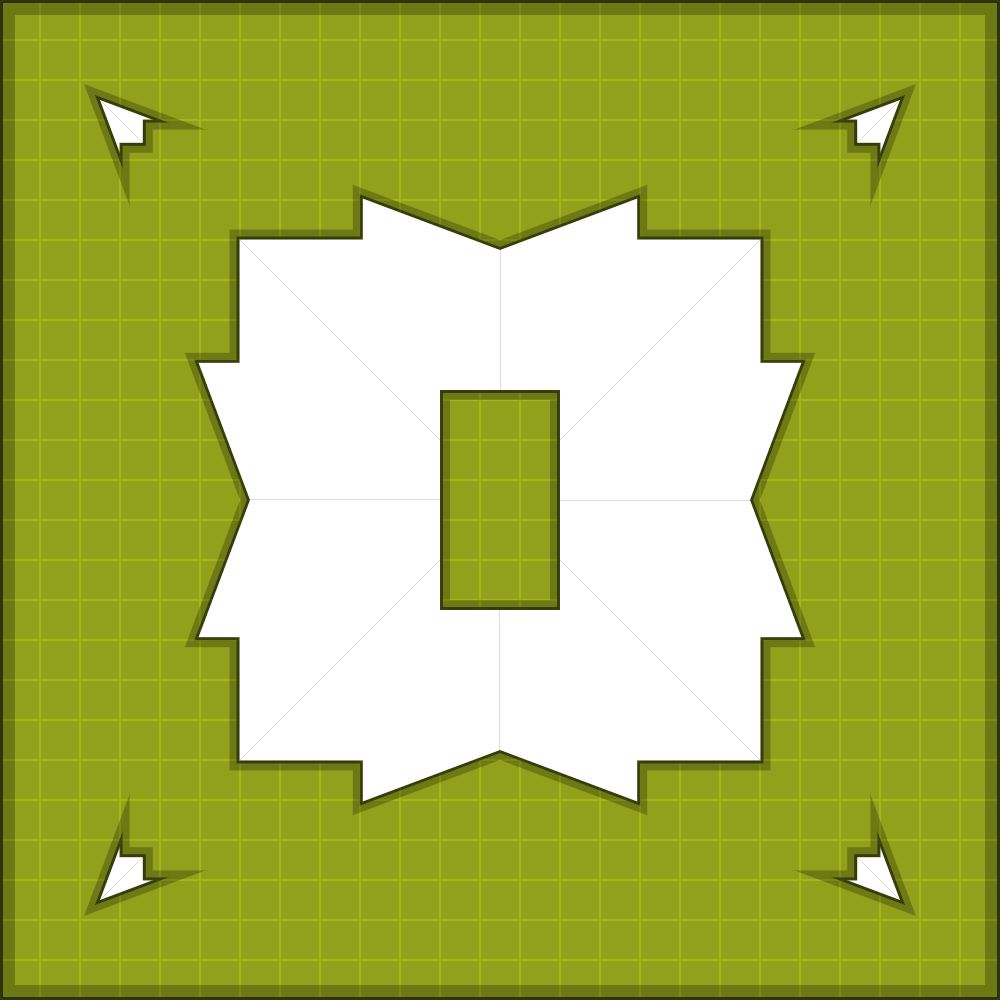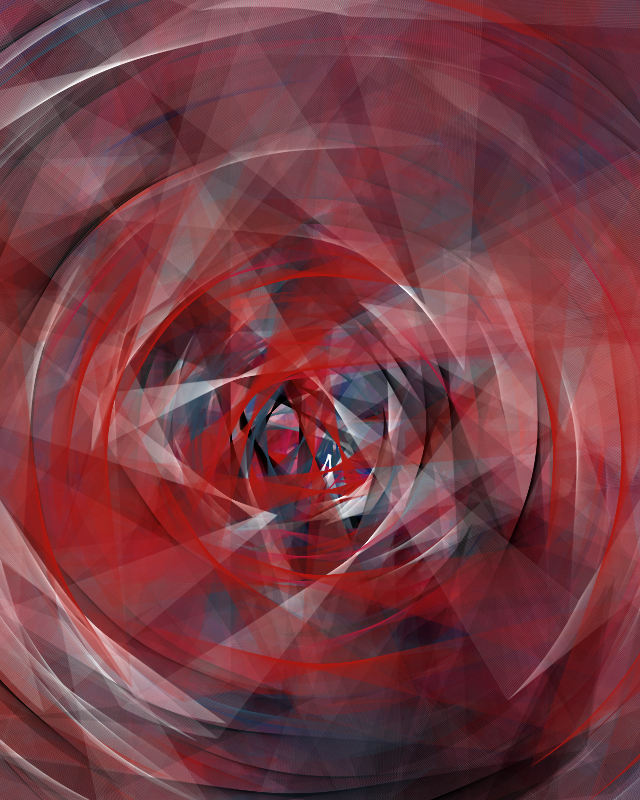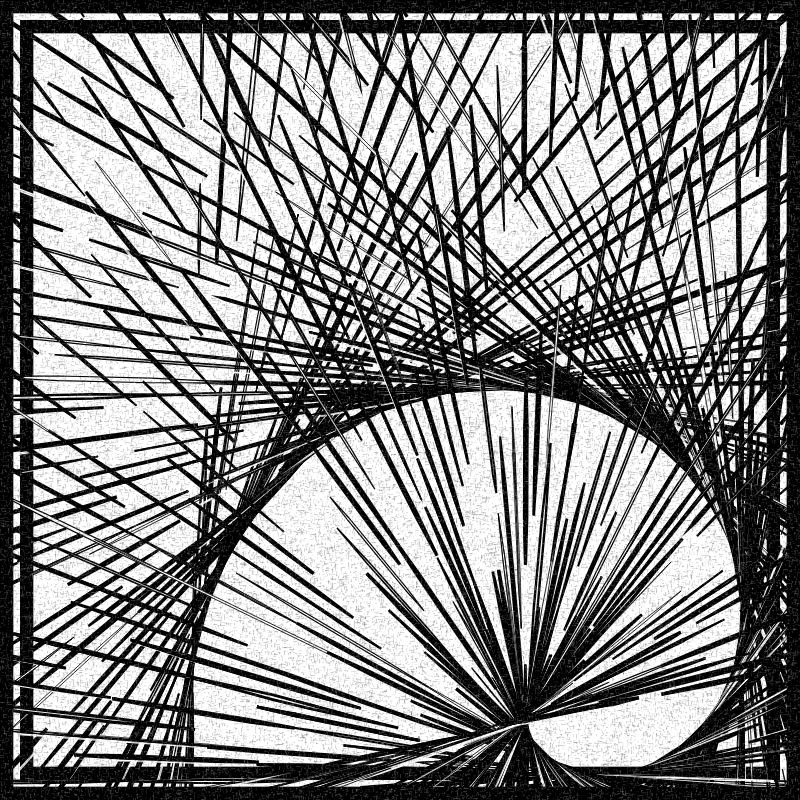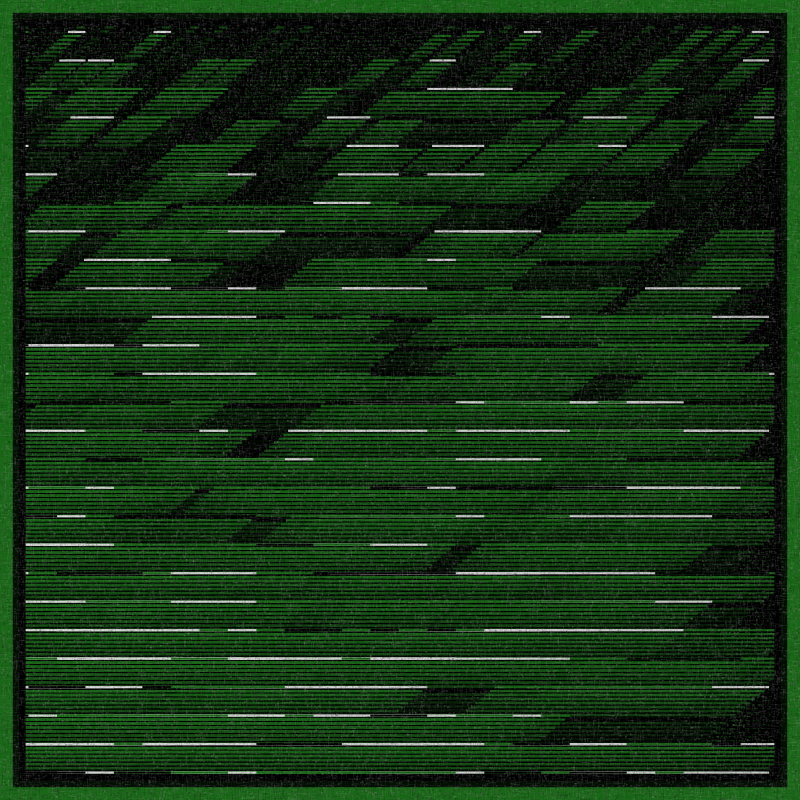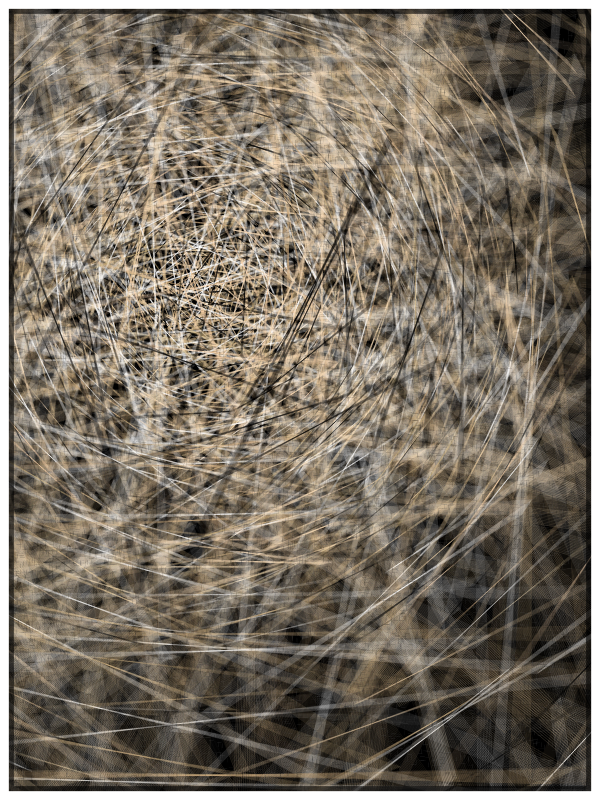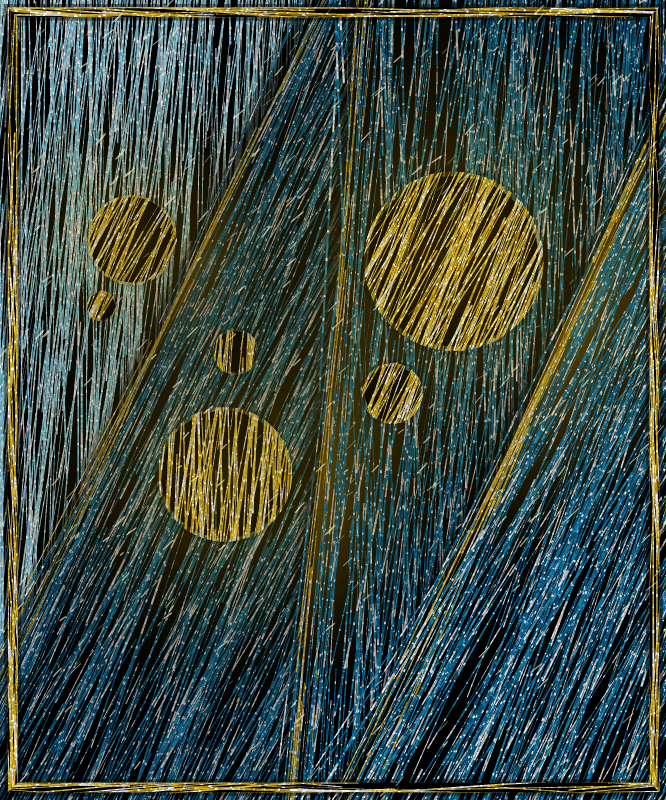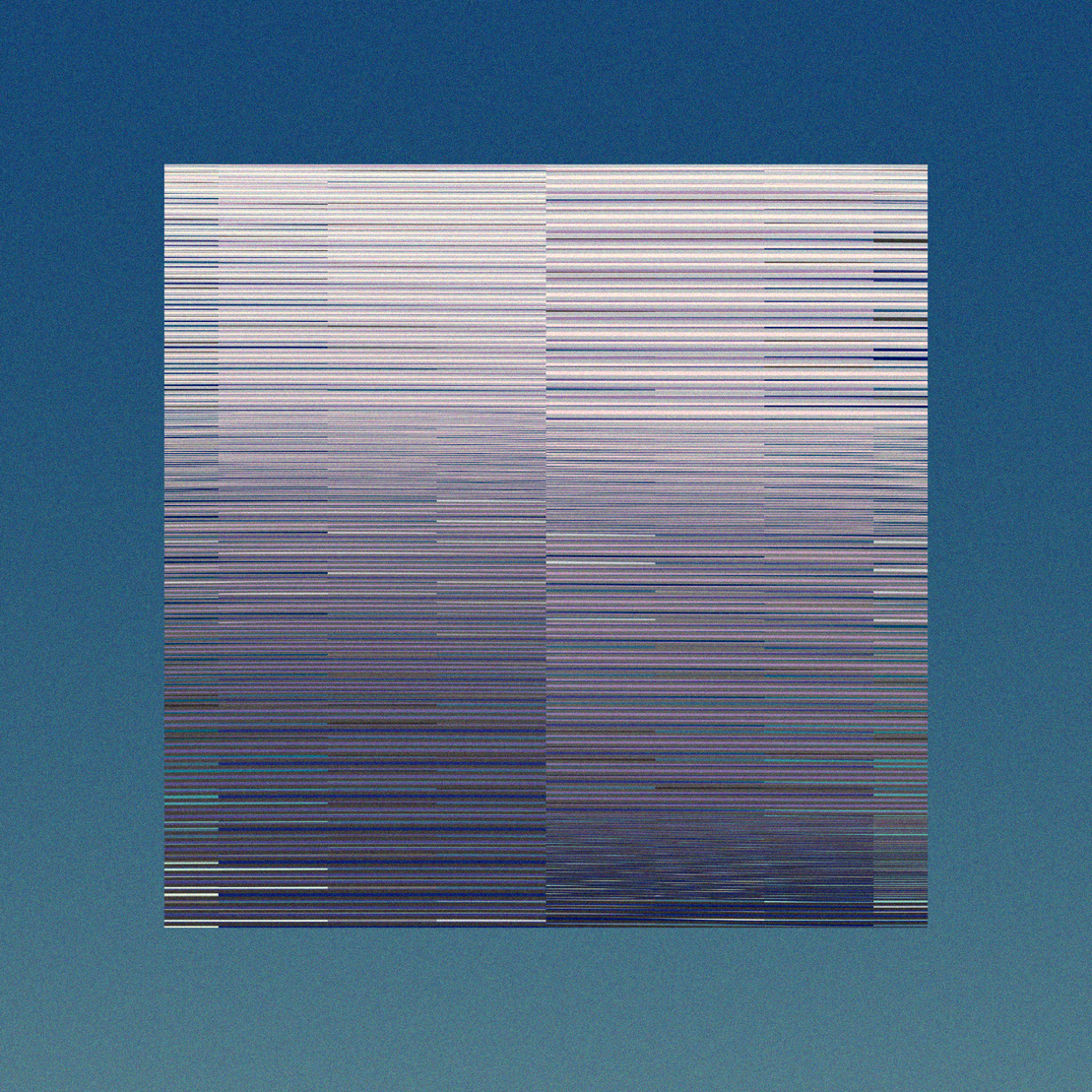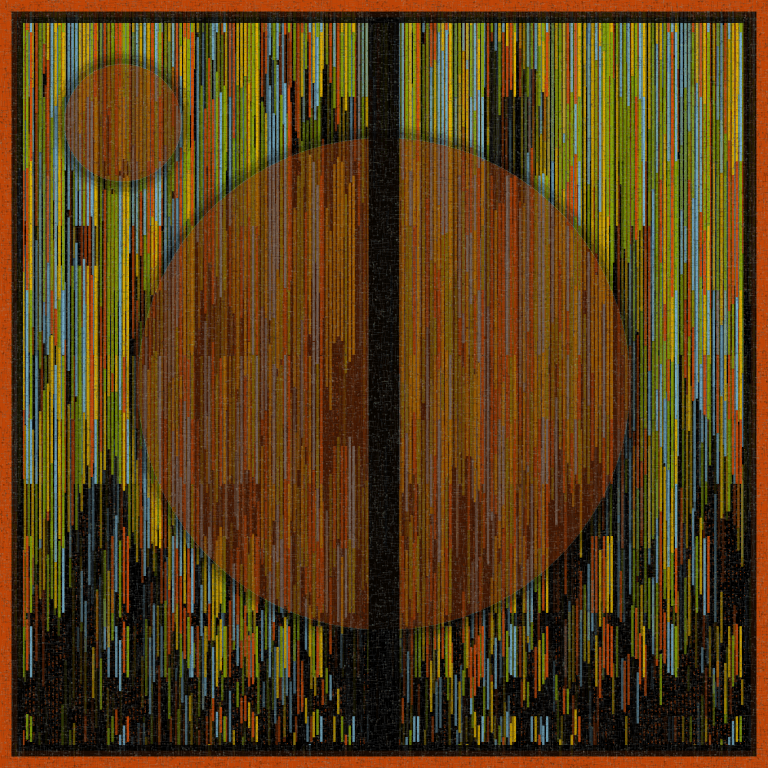
Yenren Interview
written by gather
Who are you?
To be honest, it took me long to think of an answer to this question. Was it because I don’t know who I am yet… or was it because I am in the process of becoming what I’ve always wanted to be, even not knowing of it myself before?
But one thing I know for sure is, that since the moment I learned about generative art, I was certain that it was what I’d always been supposed to do. So, I left everything else behind, to venture into the deepest corners of generative art where no-one else has ever been before.
When did you start making generative art?
I don’t remember when I first heard of NFTs but I never really checked what they were all about until mid-December, 2021. Thanks to an NFT giveaway on Reddit, I was lured into the NFT world. I first started collecting freebie NFTs on OpenSea (Polygon), and then I met this new-to-me kind of art people were making with code, which they called “generative art”.
Having a web development background and knowing JavaScript, it seemed to me just like the thing that I would have great fun doing. Quickly browsing many great examples of generative artworks, expecially works curated by ArtBlocks, I decided to give it a try in early January, 2022, without having the slightest clue how those cool images were generated via code.
project name project name project name
I went through HTML-JS Canvas tutorials, checked p5.js too but found it a little complicated at that time, so I went with vanilla JS and since then I kept at it as I like doing things in my way. In a short time, I published my first ever generative art collection, Deepless on OpenSea (Polygon), mid-January.
Why did you choose the name Yenren?
Yenren is a play of letters from my last name actually. When it first appeared in my mind during a long name-brainstorming session, it immediately made me think that this was the name that I wanted to be known as a generative artist.
How did you hear about FxHash?
Thanks to a long-lasting transaction failures incident on Polygon in late February, I started to explore other popular NFT blockchains to continue publishing my works, including Solana and Tezos. Solana felt like it was more targeted towards community-based PFP projects, whereas Tezos was targeted towards art in general and also generative art. So, Tezos was a natural pick.
It was at that time that I heard about FxHash and so I joined. My first thought, after a couple of days of browsing the site and their Discord, was that I wished I had met this wonderful platform and community before I met OpenSea.
Tell us about your Genesis mint "GirdWorks".
GridWorks was more of a work of planning than it was a work of inspiration. Counting the first two generative art collections I released on OpenSea, it was my 3rd work.
project name project name project name
Before starting it, I had some concepts in my mind and on paper that I was considering to choose from to work on next. Coincidentally, it was a period when FxHash was coming to an end of its beta. I had two options: I was either going to wait for weeks to publish my first work on FxHash or put something together quickly and have my first collection published as a part of its beta period. I went for the second option.
Enjoying working with geometric shapes and admiring grid-based geometric artworks from other artists, I thought that was what I wanted to do as my genesis work on FxHash. Getting inspiration from past works, I worked on GridWorks for over two weeks, creating 60 different shapes, 18 color palettes and structural parameters to achieve a large number of variations.
How much of your work is planned vs improvised?
When I look at my 17 works on FxHash now, I can say that only the first two (GridWorks and Papercut Factory) are planned, as in, thinking of a concept and translating it into code and image. The rest are all products of “trying something”, as in, starting to write a simple algorithm just to see what the output will look like and then continue from there adding new parameters and playing with different values.
project name project name project name
I have an ever-growing number of concepts drafted on paper that I really want to do, but whenever I try to do one of them, the code always takes me to somewhere else, resulting in totally different outputs. I think this is what I like the most about generative art: I have no idea what the final artwork will be.
Tell us about your Orgin-a-tions series.
GridWorks, while not great, was a nice entry to FxHash and Tezos NFT world for me. What followed it, Papercut Factory, even though I spent more than 3 weeks on, had high expectations about, and liked it myself a lot, was what I consider to be an artistic failure, as it minted only a few pieces at the launch. I never had a “If this doesn’t succeed, I’ll quit” mindset, but its poor performance made me think that whatever I made next, it had to be something different, something origin-al.
Instead of translating one of my concept drafts into code, I wanted to try a simple line-rotation algorithm to see where it would take me to. As I continued to add new parameters and test variable ranges, quite different outputs popped up, resulting in a 3-parts series. I even used the same algorithm in some of my other works, which look totally different. I wonder if you will be able to tell which ones without checking their codes 🙂
project name project name project name
Even though it was not a planned work, or series of works I should say, what I wanted to demonstrate with Origin-a-tions is the multiple steps of things coming into being, from creation to formation and then to imagination.
TI·ME is a very unique looking collection. How did this collection come to exist?
Like how Origin-a-tions came to be, I was trying a different algorithm to see how it would look like. Liking the initial results and seeing the possibility of a wide range of variations, I decided to improve it further and release it as a 3-parts series, since the variations looked quite different even though they all originated from the same algorithm. While working on TI·ME I, a considerably different variation popped up, which I sent to collectors as gift to conclude the series, naming as TI·ME 0
project name project name project name
From the very beginning, the way the lines, shapes and shadows were aligned, it resembled -to me- the flow of time, hence I named it as TI·ME. And even though the output images were static, I believe I achieved to give an illusion of motion to an extent, with the use of colors, shadows and fragmented lines and shapes.
Why do you make art?
Since I started generative art, I’ve been having an endless flow of ideas and concepts. Many on my sketchbook, many on my laptop. Wherever or whatever I look at, new inspiration comes. There are nights that I get up from the bed and draw a concept on the paper not to forget.
project name project name project name
I think the creativity and imagination inside me found the ideal way to come to life via generative art. I don’t know if I will technically or artistically ever reach that level but what I really want to do with generative art is to show people things they’ve never seen, but more importantly, to make them think about things they have never thought of.
What do you have planned coming up in the future?
As I mentioned above, my concepts and drafts both on paper and in code keep growing and I can’t wait to work on every one of them and many new concepts they will generate in the process -I know it won’t be possible though-.
I currently have no idea what my “next” work will be, but what I am sure of is that I will keep striving for improving myself both technically and artistically as I continue.
project name project name project name
Is there anyone you want to shoutout?
The first one is Rob Dixon (radix), whose work Eccentrics 2: Orbits was one of the main inspirations for me in starting generative art. Since then, my goal has been to achieve that level of technical and artistic perfection.
Second one is Rich Poole, who is one of the first people I interacted with on FxHash Discord and hence Tezos community. I will never forget how, as a kind gesture, he sent 5 tez to me to start with, when I first joined and had just installed my first Tezos wallet.
project name project name project name
Third one is Liam Egan, who tirelessly helps everyone in all possible ways and helped me a lot of times too. So glad to have such a good and kind person in our community.
project name project name project name
And of course, I want to thank all fellow artists and collectors for collecting my work and their continuous support, feedback and encouragement.
Anything else?
I feel so happy to have met with generative art, Tezos art community and FxHash. I also feel so fortunate to have found what I really want to do in this life.
I have no art or scientific math background, I also have no digital design background, but I have the strongest passion towards generative art with an unshakable faith in myself that I can always do better.
project name project name project name
When I look at my artwork history so far, I can say that I don’t see my best works yet. What I’ve made so far is only the tip of the iceberg, iceberg being my accumulating concepts and my imagination. But to realize some of them, I will surely need to improve my technical and artistic sides, and that will be a fun, continuous journey for me for the rest of my life.
Thank you very much for having me as your guest and thank you for reading my story. Now, back to pressing F5 🙂
Note for collectors (Updated)
Three random collectors of this article will receive a "Forgotten Memories" by Yenren.
